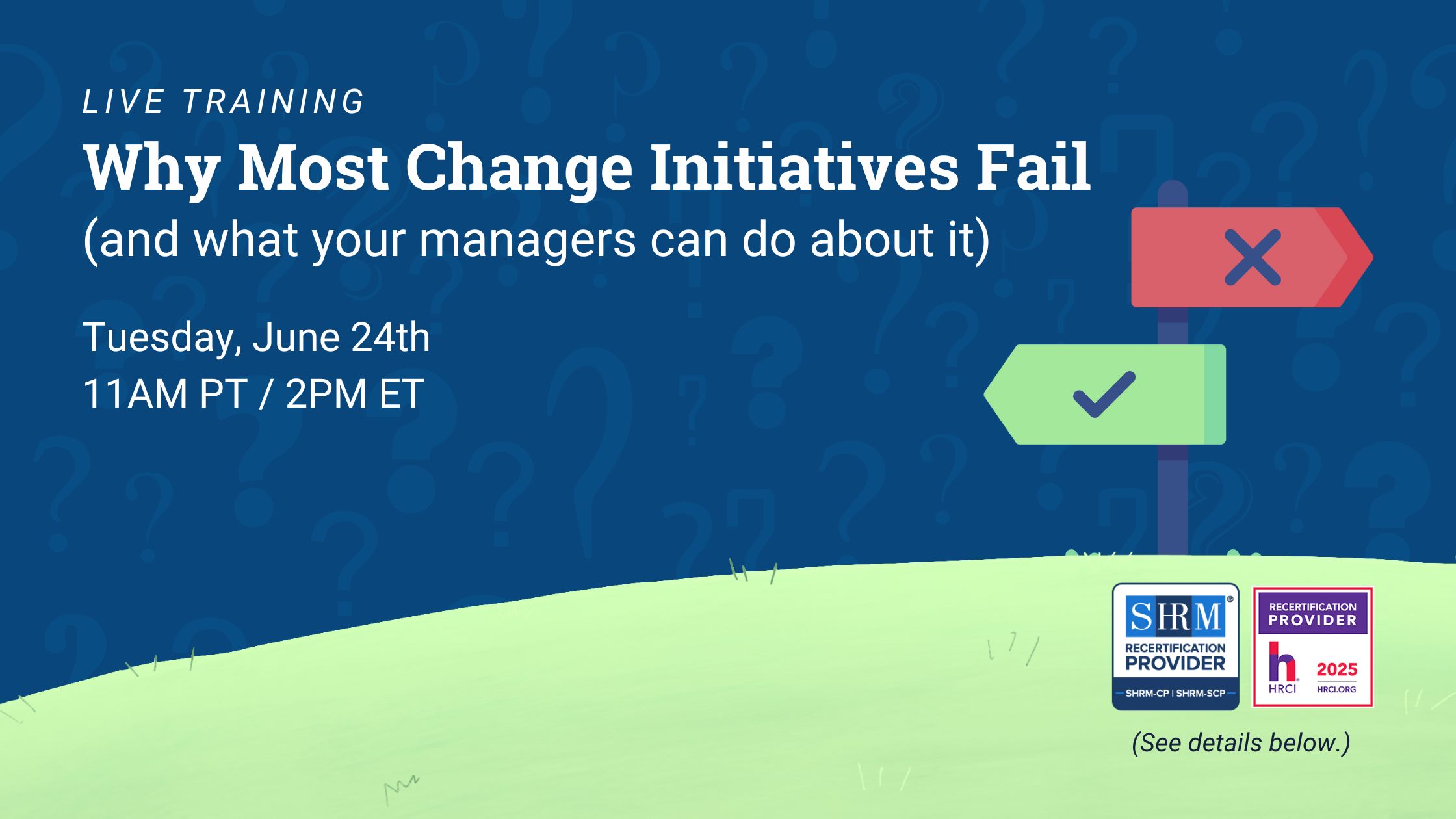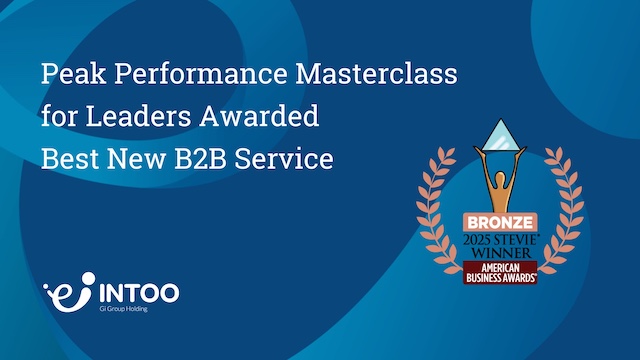Attracting and retaining top talent in today’s job market goes beyond just salary. Employee benefits are a crucial element that can make your company stand out. Think of them as a comprehensive package of perks and programs designed to support your employees’ well-being, both financially and personally. Such a package can include everything from health insurance and retirement plans to flexible work arrangements and wellness programs.
Happy, healthy, and financially secure employees are more engaged, productive, and less likely to leave. This translates to lower turnover costs, a positive company culture, and, ultimately, a significant boost to your bottom line.
So, what benefits are worth offering? It depends on your company’s needs and budget. However, some key benefits consistently rank high on employee wishlists and can significantly impact your talent acquisition and retention strategy. Let’s dive deeper into some of these must-haves and explore how they can benefit your business.
What benefits are valued by employees almost as much as a promotion or pay raise? Read the report to find out.
Why Is Offering the Right Benefits Important in 2024?
Attracting and retaining top talent requires more than just a competitive salary. Employees, particularly in 2024, are increasingly looking for a comprehensive benefits package that prioritizes their well-being and work-life balance. Here’s why offering the right benefits is now a strategic necessity for businesses:
1. Evolving employee expectations
Today’s workforce has evolving expectations regarding their employment experience. Employees now prioritize not only competitive salaries but also holistic benefits packages that cater to their diverse needs. This shift is driven by changing demographics, with millennials and Generation Z comprising a significant portion of the workforce. These younger generations often prioritize benefits like flexible work arrangements, mental health support, and professional development opportunities.
2. Talent acquisition and retention
As the job market becomes increasingly competitive, comprehensive benefits are essential for attracting and retaining top talent. Companies that provide holistic benefits packages are more likely to stand out and appeal to prospective employees. Moreover, retaining skilled workers is more cost-effective than constantly recruiting and training new hires, making employee retention a crucial consideration for business leaders.
3. Enhanced employee well-being and productivity
Comprehensive benefits packages improve employee well-being, increasing job satisfaction and productivity. Benefits such as healthcare coverage, wellness programs, and work-life balance initiatives help employees be healthier and less stressed and feel valued and supported by their employers. This, in turn, can result in lower absenteeism, higher morale, and greater overall productivity within the organization.
4. Adaptation to changing work environments
Remote work and flexible scheduling is now more common and have prompted businesses to rethink their approach to employee benefits. Offering benefits that cater to remote or hybrid work arrangements, such as technology stipends and home office allowances is essential for meeting the needs of the modern workforce and maintaining employee engagement in a rapidly changing work environment.

What Are the Different Categories of Employee Benefits?
Employee benefits can be grouped into six main categories that address different aspects of an employee’s well-being:
Health and wellness
This category focuses on physical and mental well-being. It includes health insurance plans (medical, dental, vision), wellness programs (gym memberships, health screenings, nutritional guidance), mental health support, and on-site fitness facilities.
Financial security
These benefits help employees plan for their future financial needs. This includes retirement savings plans (401(k)s with employer matching), disability insurance that replaces income in case of illness or injury, and life insurance to give financial security to loved ones in case of death.
Time-off benefits
A healthy work-life balance is crucial, and time-off benefits allow employees to recharge and avoid burnout. This category includes paid time off (PTO) banks that combine vacation, sick, and personal days, along with sabbatical programs for extended leave.
Work-life balance benefits
These benefits go beyond just time off and are designed to make employees’ lives easier and reduce stress. Examples include flexible work arrangements (remote work options, compressed workweeks), childcare assistance to ease the burden of childcare costs, and employee assistance programs (EAPs) that provide confidential counseling and support services for personal challenges.
Career support
Benefits to help employees learn and grow in their careers (or transition to new employment, in the event of layoffs) help both the employees and employer. Programming including career coaching, mentorship opportunities, upskilling courses, leadership development programs, and even tuition reimbursement help to attract the types of employees who are motivated to learn. According to the report from INTOO & Workplace Intelligence, Unlocking Organizational Success by Supporting Employee Growth and Development, 81% of employees say that having access to best-in-class L&D opportunities would increase their likelihood of staying at their company. Helping employees continually grow their knowledge and skills keeps them motivated and engaged, while improving your organizational innovation and retention. Outplacement services, including career coaching and other resources, offered to employees impacted by layoffs can help them find new work quickly.
Perks and bonuses
Perks and bonuses are additional forms of compensation that can boost employee morale and satisfaction. This category includes profit sharing or bonuses that tie employee rewards to company success. For example, stock options give employees a stake in the company’s performance, which helps them feel invested in contributing to successful outcomes. Company discounts on products or services, wellness programs like gym memberships, or even fun perks like free snacks or game rooms can help employees feel taken care of and be more engaged in their jobs.

Looking to build and advance your company’s culture? Download this guide for practical tips.
15 Types of Employee Benefits Your Business Should Offer
Having the right employee benefits is crucial to attracting and retaining top talent while enhancing employee satisfaction and overall productivity. To create a well-rounded employee benefits package, businesses should consider offering a diverse range of benefits across various categories. Here are 15 types of employee benefits your business should consider offering:
1. Career development
Investing in your employees’ career development benefits everyone. Consider offering:
- Career coaching: Pair employees with professional career coaches who can provide guidance on career goals, skill development, and navigating internal opportunities. The report from INTOO & Workplace Intelligence showed that 74% of employees think employers should offer this benefit.
- Skill-building courses: Offer financial assistance or tuition reimbursement for courses that enhance job-related skills or support career advancement. This could include industry certifications, software training, or leadership development programs.
- Mentorship programs: Connect experienced employees with high-potential individuals to foster knowledge transfer, career guidance, and professional development.
2. Health insurance
Health insurance remains a cornerstone corporate benefit employees highly value. Group health insurance plans alleviate the financial burden of medical expenses, covering a portion for employees and their dependents. Beyond mere coverage, it offers peace of mind and crucial financial protection, safeguarding employees’ well-being (helping attendance) and enhancing their overall compensation package.
3. Flexible work arrangements:
In today’s competitive job market, flexible work arrangements are no longer a perk but an expectation. Offering flexible work schedules, remote work opportunities, or compressed workweeks allows employees to manage their personal lives more effectively. This fosters a better work-life balance, increasing employee satisfaction and reducing stress. Studies have shown that flexible work arrangements boost productivity, as employees can often work during their most productive hours.
4. Financial wellness programs
Financial stress can significantly impact employee well-being and work performance. Financial wellness programs are proactive corporate benefits that enhance employees’ financial literacy and well-being. By providing resources, workshops, and educational materials on topics such as financial planning, retirement savings strategies, budgeting, and debt management, employers empower their workforce to make informed financial decisions. Investing in employees’ financial wellness reduces stress, improves productivity, and strengthens loyalty and engagement, making it a valuable addition to the overall employee benefits package.
5. Commuter benefits
Commuter benefits are practical corporate benefits designed to ease employees’ financial burden of daily commuting. By offering perks such as pre-tax transportation accounts or subsidies for parking and public transportation passes, employers help employees save money on their daily commute expenses. Beyond cost savings, commuter benefits demonstrate a commitment to employees’ well-being and quality of life, contributing to their overall satisfaction and retention.
6. Life insurance and disability insurance
Life and disability insurance are indispensable corporate benefits offering vital financial security during unforeseen circumstances. Life insurance ensures beneficiaries receive a payout in the event of the insured individual’s death, providing a safety net for loved ones. Disability insurance steps in to replace a portion of an employee’s income if they’re unable to work due to illness or injury, safeguarding their financial stability and serving as a crucial employee benefit.
7. Employee Assistance Programs (EAPs)
Employee Assistance Programs (EAPs) are invaluable corporate benefits for employees facing personal or work-related challenges. By offering confidential counseling services, EAPs help employees manage stress, mental health concerns, or personal issues, enhancing overall employee well-being. Investing in EAPs demonstrates a commitment to employee welfare and is a proactive approach to fostering a healthy work environment.

8. Dependent Care Assistance Programs (DCAPs)
Dependent Care Assistance Programs (DCAPs) alleviate the financial strain of childcare expenses. Permitting employees to set aside pre-tax dollars for childcare costs significantly reduces financial burdens on working parents and makes it easier for them to balance work and family responsibilities. By offering DCAPs, companies demonstrate their commitment to supporting employees’ work-life balance, making it a key to attracting and retaining top talent.
9. Tuition reimbursement
Tuition reimbursement underscores a company’s dedication to employee growth and development. By providing financial assistance for continuing education, businesses empower employees to pursue further learning, enhancing their skills and qualifications. This employee benefit not only attracts ambitious individuals seeking career advancement but also fosters a culture of continuous learning within the organization. Tuition reimbursement is a powerful tool for nurturing talent and investing in employees’ long-term success, making it a valuable corporate benefit.
10. Employee discounts
Employee discount programs are valuable corporate benefits that provide employees with reduced prices on company products/services, gym memberships, or partner offerings. These discounts allow employees to get more enjoyment outside of work, demonstrate your appreciation for them, and significantly enhance their overall compensation package, contributing to their satisfaction and loyalty to the company.
11. Profit-sharing or bonus programs
Profit-sharing or bonus programs are practical corporate benefits that align employee compensation with company performance, incentivizing employees to contribute actively to the organization’s success. By tying rewards to collective achievements, these programs foster a sense of ownership and accountability among employees, serving as powerful motivators for employees, and encouraging them to go above and beyond their regular duties to achieve shared goals and objectives.
12. Outplacement services
Outplacement services are compassionate corporate benefits employees receive during layoffs or workforce restructuring. These services, which may include resume writing assistance, interview skills training, and job search support, demonstrate the company’s commitment to supporting affected employees during transitional periods. By providing practical assistance and emotional support, outplacement services help displaced workers navigate the job market confidently and easily, preserving morale and mitigating negative impacts on employer reputation. Offering outplacement services reflects the company’s values and commitment to its employees. It fosters goodwill and loyalty among current and former employees, making it valuable for maintaining positive employer branding.
13. Employee recognition programs
Implementing employee recognition programs goes beyond simply saying “thank you.” You foster a culture of appreciation and motivate your workforce by publicly acknowledging and rewarding employees’ contributions and achievements. This translates to increased employee morale, engagement, and a sense of ownership. When employees feel valued and recognized for their hard work, they are likelier to go the extra mile, ultimately driving higher performance and achieving your company’s goals.
14. Legal assistance
Legal assistance benefits can demonstrate a broader commitment to supporting your employees’ well-being. These benefits could include providing access to legal counseling services or offering identity theft protection plans. By alleviating some of the stress and financial burden associated with personal legal matters, you help reduce distractions, allowing employees to focus on their work. This can lead to improved productivity.
15. Retirement plans
Offering competitive retirement plans like 401(k)s or pensions demonstrates your commitment to your employees’ long-term well-being. These plans allow employees to save for their golden years and achieve financial security. By contributing a portion of the savings through matching programs, you significantly enhance the value of your employee benefits package. Employees with a secure retirement plan are more likely to stay committed to your company, reducing costly turnover and ensuring you retain valuable talent.
Why are employees leaving and what can you do to improve retention?
Increase Your Employees’ Satisfaction by Improving Your Benefits
The quality and comprehensiveness of employee benefits significantly impact overall job satisfaction and employee retention. By prioritizing diverse and meaningful benefits, businesses can foster a work environment that supports employee well-being, growth, and engagement. Investing in the right benefits enhances the employer-employee relationship and strengthens the organization’s competitive position in the talent market. As businesses navigate the evolving landscape of 2024, it’s essential to recognize the role of employee benefits in driving workforce satisfaction and organizational success.
If you’re looking to bring career development or outplacement benefits to your organization, INTOO can help. We offer a variety of coach-led programs, with something for every job level. Contact us today to learn more.











